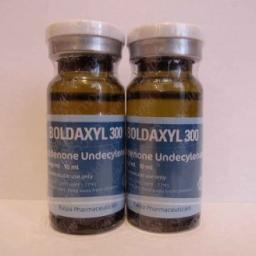The term “hepatitis” refers to inflammation of the liver – a condition characterised by nausea, malaise and yellowing of the body.
This last symptom, which is manifested by jaundice of the skin and icterus of the whites of the eyes, accompanied by darkening of the urine, is due to the liver being unable to process the bile pigment bilirubin, which then accumulates in the body, yellowing the tissues and overflowing into the urine.
While there are several viruses that can infect the human liver and cause hepatitis, the most important ones are designated hepatitis A, hepatitis B and hepatitis C. Although all these organisms have the common property of infecting the liver and causing hepatitis, they are quite different in the way they enter the body and the consequences of the hepatitis they cause.
How Does Hepatitis B Get Transmitted?
Hepatitis B, on the other hand, is a virus that lives in the blood and other body fluids of infected persons. More than two billion people the world over are estimated to have been infected with the hepatitis B virus, which spreads if body fluids from an infected person enter the body of someone else who is not immune to the virus.
Thus infected blood, seminal fluid, vaginal secretions, saliva, serum from open wounds and ulcers and even breast milk from someone with the condition can transmit this virus. It can also be transmitted from an infected mother to a child during childbirth. Having sex with an infected person is a common method of becoming infected.
Vaccination Against the Hepatitis B Virus
Vaccination against hepatitis B (the course involves three injections, the second taken six weeks after the first and the third taken six months after the second) affords effective protection against the virus. Sharing of personal items like toothbrushes and razors used by infected persons can increase the level of transmission
How does the Hepatitis B Virus Cause Disease?
Once the hepatitis B virus invades a healthy human liver cell, it reproduces itself and produces several new daughter virus particles. This results in the cell rupturing and releasing the virus particles into the circulation, and these daughter viruses reach other liver cells which they then enter. This process (invasion of cells; replication of viruses inside liver cells; discharge of particles into the bloodstream and invasion of fresh liver cells) continues. The signs and symptoms of hepatitis are essentially features of a malfunctioning liver.
Sequelae of Hepatitis B
Most patients who develop hepatitis B recover from the acute infection, but unlike in the case of hepatitis A, the infection places them at risk of complications such as liver cancer, cirrhosis and liver failure.
The main predictor of whether one develops chronic infection and the serious sequelae of hepatitis B is the age at which one acquires the infection:
- Infants who get hepatitis B rarely manifest the features of acute infection, but 90% will develop chronic infection.
- Children who get hepatitis B seldom manifest the symptoms of acute infection, but about a third of them will develop chronic infection.
- Adults who get hepatitis B usually suffer the symptoms and signs of acute infection, but less than 10% will develop chronic infection.
Top Steroid Products for Sale
Masteron 200
|
Boldaxyl 300
|
Testo-C 500 (2ml)
|


